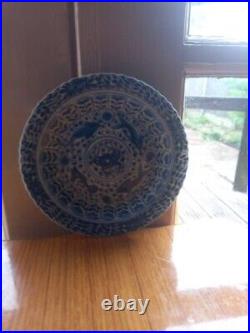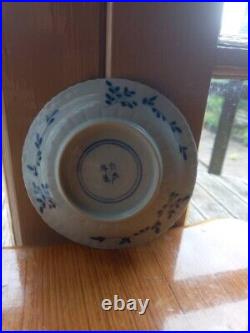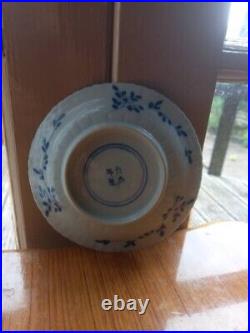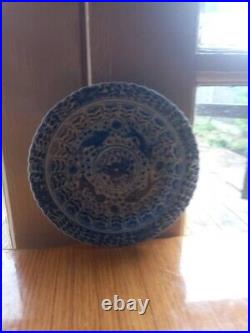Old Chinese Blue &white Plates





Old Chinese Blue &white Plates. Originally invented in China, blue-and-white ceramics were widely circulated, copied and re-created by makers worldwide, becoming one of the most well-known and enduring products in the history of Chinese porcelain.
Broadly speaking, blue-and-white refers to ceramics decorated with cobalt blue pigment on a white body, usually applied with a brush under the glaze. First appearing in the Tang dynasty (618 - 906), early blue-and-white ceramics were made with a coarse, greyish body. In the Yuan dynasty (1279 -1368), potters at Jingdezhen in Jiangxi province, a famous China porcelain town, refined clay recipes by adding kaolin clay, and developed firing technology.
The craftsmanship of blue-and-white porcelain improved significantly, with products featuring vibrant blue colours using cobalt pigment produced in Yunnan province or imported from the Middle East.
